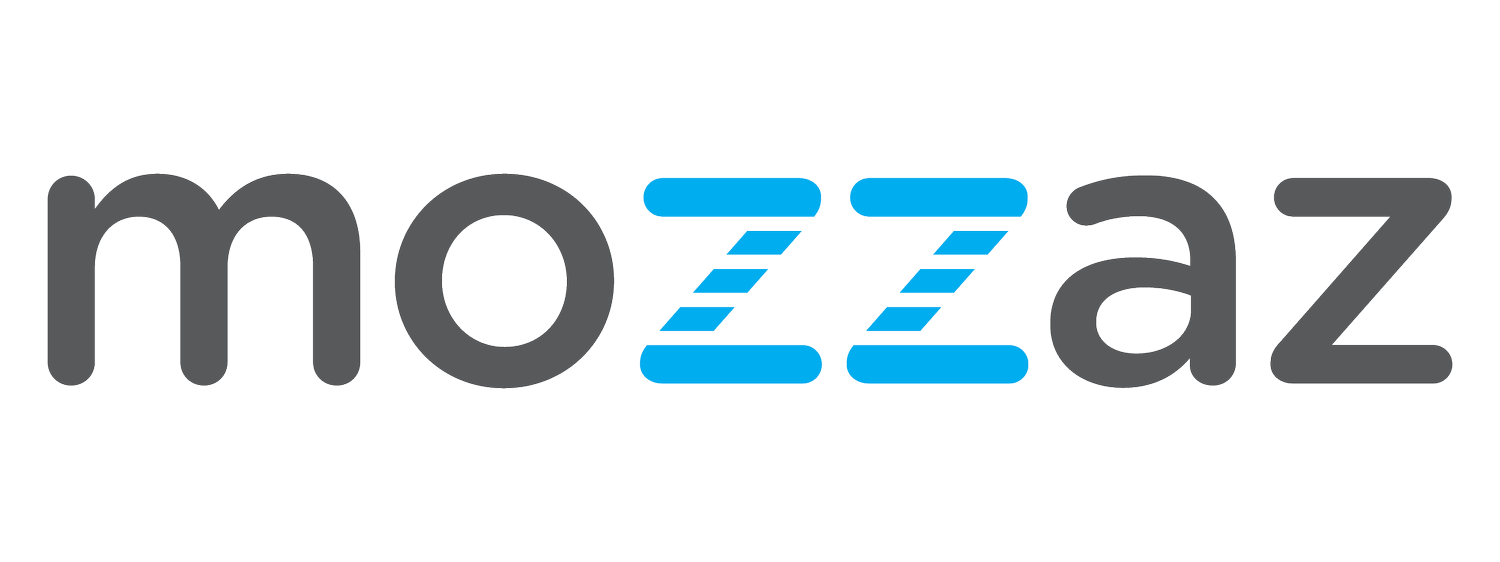What You Need to Know About Remote Patient Monitoring: A Step-By-Step Guide
Remote Patient Monitoring (RPM) gives clinicians a continuous stream of patient data, allowing them to give patients better feedback on their conditions, make insightful amendments to treatment plans, and intervene early and often. RPM involves collecting patient data from connected devices, and there are a variety of qualifying devices that collect vital signs indicative of a patient’s condition. Like any new clinical technology, setting up an RPM program can often be intimidating. For those interested in buying vs. building their RPM platform, vendors, like Mozzaz, who have made RPM their business can be a great resource. At Mozzaz we aim to make the process as easy as possible, and we’ve compiled what you need to consider for your RPM program into six steps. If you’re interested in how to launch and run a successful RPM program, here’s what you need to consider:
Step 1: Identify Needs
Start by identifying the need you will be addressing with RPM. That can be things like slowing or preventing disease progression for a specific population with a chronic disease, addressing high readmission rates, or even leveraging an opportunity to add a new revenue stream. Once you’ve identified what you’re wanting to address with RPM, you will need select the patients to enroll accordingly. Your RPM vendor can help you to evaluate the best strategy for you.
Step 2: Set Goals
Consult with your vendor to decide what success looks like for your program. At Mozzaz, we recommend considering measurable areas like patient engagement, outcomes, and CMS reimbursement. Defining these goals on the front end will ensure that when you’re implementing your RPM solution you have the appropriate measures needed to track program success.
Step 4: Patient Recruitment & Consent
Once you’ve identified the appropriate patients based on your needs and goals, recruit them into the RPM program. A good vendor can help you to develop and execute an effective outreach strategy to get patients initiated into the program. Providers must obtain and document patient consent to obtain RPM services in patients’ medical records.
Step 3: Select & Provision Devices
Select the appropriate devices based on the population selected and send to patients. Mozzaz partners with a variety of best-in-class device vendors to ensure readings are as accurate as possible and device data is flowing into the clinician view. Some patients will need additional support when setting up their devices, so it’s important to consider how you’ll get them trained to appropriately connect their device and take readings. When desired, Mozzaz offers a white-glove approach to device provisioning, distribution, and set-up to ensure that device set-up doesn’t fall on the plate of your clinical staff.
Step 4: Train Patients & Staff
To ensure the best possible outcomes, you’ll want to confirm there are training procedures in place for both patients and staff. Leverage your vendor as an expert on the technology and work with them to set up training and provide effective user guides for both staff and patients. Having clinical training programs and quick reference guides will empower both patients and your clinical staff to participate in the RPM program to the best of their ability.
Step 5: Launch the Program
It’s now time to launch your RPM program. Once you begin, you’ll want to track your baseline metrics. After collecting measurements for several months, compare them against your baseline so you can identify what’s working well and opportunities for improvement. With Mozzaz RPM, you can easily track patient metrics using the dashboards and reports available to you. You can also set up alerts based on thresholds to ensure you’re empowered to make timely interventions when patient readings are outside of a range that you’re comfortable with.
Step 6: Bill for Reimbursement
There are five main codes that can be billed for RPM services. The below amounts reflect average reimbursement, but may vary slightly based on location:
When submitting a claim to CMS, you will need:
CPT Codes for each program you’re managing for the patient
ICD-10 codes tied to each of the conditions you’re managing within that program
Date of service
Place of service
Provider name
Why RPM?
Remote patient monitoring provides a variety of benefits to both providers and the patients they serve. To name a few:
On average, $1,500 of revenue per qualified CMS patient annually
Improved preventative care
Increased patient activation & engagement
Increased medication & treatment adherence
More insightful decision making
Reduced readmissions
Increased patient satisfaction
Improved quality of care
Increased staff productivity
Remote Patient Monitoring is rapidly growing in popularity, and rightfully so. If you’re interested in learning more about the benefits RPM can offer your organization, Mozzaz is here to help. Contact us today, and we will get you connected with one of our digital health experts.


